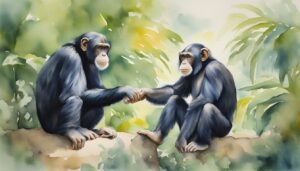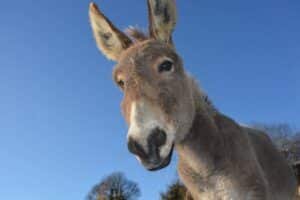American Bison Boom: Surging Populations Defy Extinction Fears

Resilience, adaptability, conservation efforts, and wildlife protection have allowed American Bison populations to thrive despite extinction fears.
Animal behavior, conservation, and studies related to different species, including their social habits, intelligence, and interactions with humans and the environment.

Resilience, adaptability, conservation efforts, and wildlife protection have allowed American Bison populations to thrive despite extinction fears.

Evolution led ancient wolves to become the diverse, adaptable, and beloved domestic dogs of today through genetic divergences and survival strategies.

Cicadas are insects known for long life cycles and mating songs. They live in various climates, undergo extended development periods underground, and have unique mating behaviors.

Yes, chimpanzees can be dangerous, especially when provoked or threatened. They are strong and can become aggressive, posing risks to humans.

Bird migration refers to the annual travel of billions of birds between their breeding grounds and wintering grounds, driven by seasonal changes and resource availability.

Whales, belonging to the order Cetacea, are amongst the largest and most fascinating mammals in the ocean.

Located in Churchill, Manitoba on the shores of Hudson Bay, it is recognized as the 'Polar Bear Capital of the World' due to its unique relationship with polar bears.

Wolves face habitat loss and human conflict, leading to endangered status, with gray, red, and Mexican wolves in dire straits, requiring conservation efforts and federal protection.

The black Canada lynx is an elusive variant of the Canada lynx, distinguished by its unique melanistic coat and is a captivating subject of study within Mammalia.

Researchers can now measure donkey intelligence, which may help farmers breed donkeys with the traits that humans consider most useful.